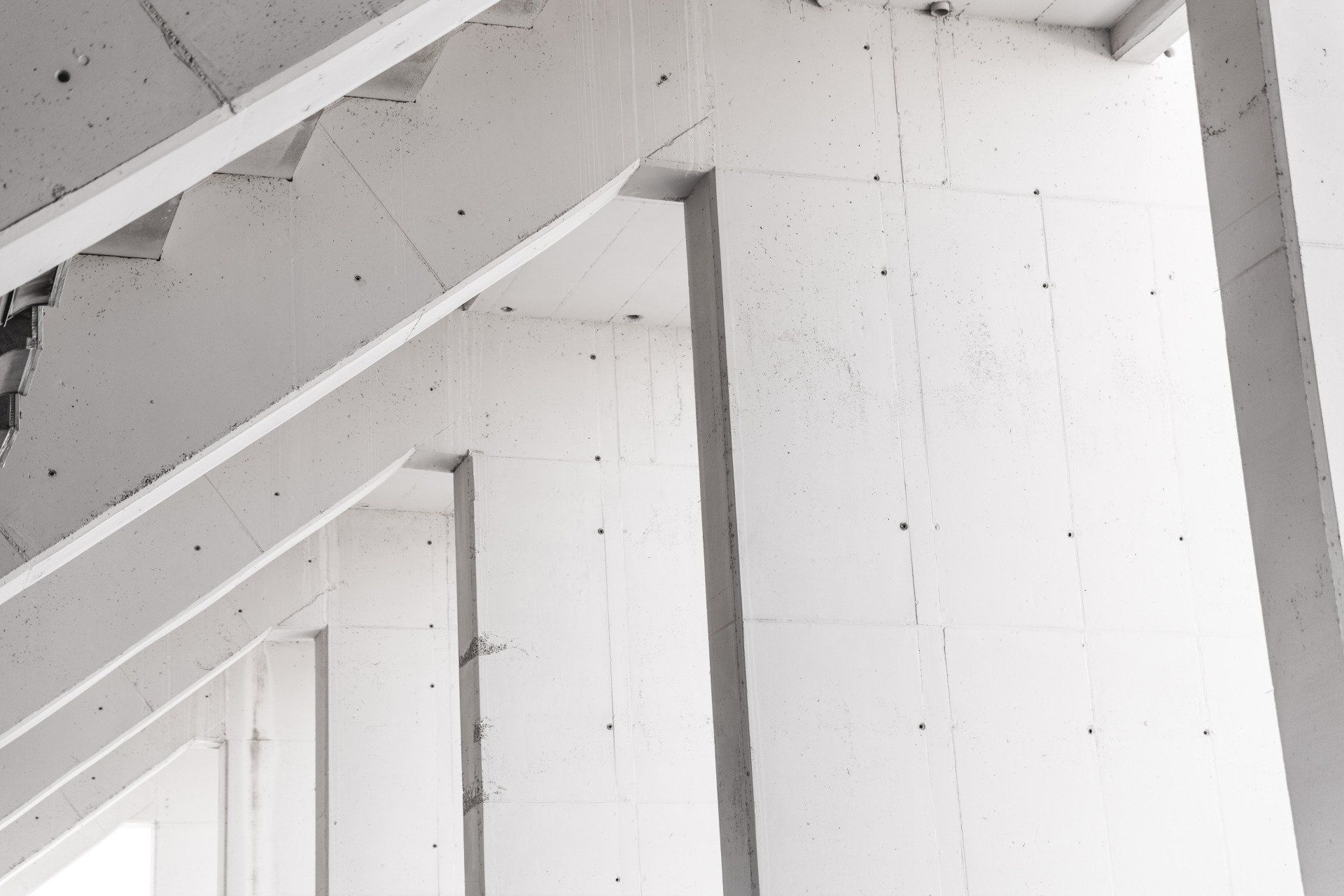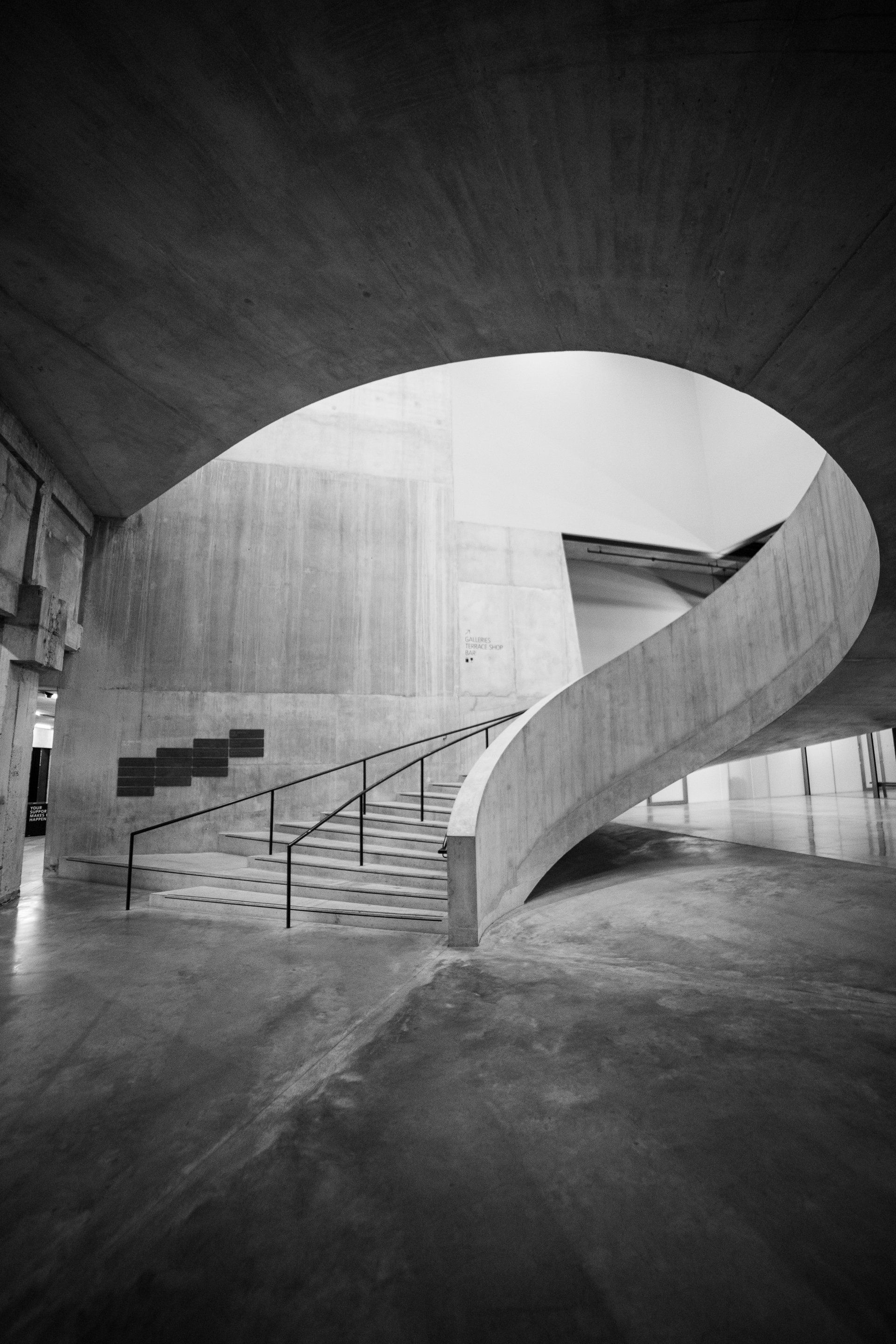The Concrete Backbone: Exploring the Enduring Benefits of Cement in Structural Engineering
The Concrete Backbone: Exploring the Enduring Benefits of Cement in Structural Engineering

In the realm of construction, one material stands out as the bedrock of modern infrastructure: cement. From towering skyscrapers to intricate bridges spanning vast distances, cement serves as the cornerstone of structural integrity, providing strength, durability, and versatility. In this comprehensive analysis, we delve into the myriad benefits of cement for structures, supported by clear sourcing and evidence of expertise.
1. Unmatched Strength and Durability
At the heart of cement's appeal lies its unparalleled strength and durability. Portland cement, the most common type used in construction, undergoes a chemical reaction when mixed with water, forming a strong bond that hardens over time. This process, known as hydration, results in concrete structures capable of withstanding immense pressure and environmental stresses.
Cement-based structures exhibit remarkable durability, resisting corrosion, weathering, and deterioration over extended periods. This longevity ensures the longevity of infrastructure, reducing maintenance costs and minimizing the need for frequent repairs.
According to a study published in the Journal of Materials in Civil Engineering, cementitious materials contribute significantly to the long-term durability of concrete structures, enhancing their resistance to various degradation mechanisms, including freeze-thaw cycles and chemical attacks.
2. Versatility in Design and Application
Beyond its inherent strength, cement offers architects and engineers unparalleled versatility in design and application. Concrete, the composite material formed by mixing cement, aggregates, and water, can be molded into virtually any shape or size, facilitating the realization of complex architectural visions.
The adaptability of cement-based materials extends to diverse construction projects, ranging from residential buildings to transportation infrastructure. Whether used for foundations, walls, pavements, or precast elements, cement provides a versatile solution that meets the demands of diverse structural requirements.
Architectural concrete, characterized by its aesthetic appeal and surface finishes, further expands the creative possibilities in design. With techniques such as stamped concrete, exposed aggregate, and polished surfaces, cement enables the integration of artistic elements into structural components, enhancing both form and function.
3. Sustainable and Environmentally Friendly
In an era of heightened environmental awareness, the sustainability of construction materials has become a paramount concern. Cement, despite its widespread use, continues to evolve as a sustainable choice for structural engineering, thanks to ongoing advancements in production techniques and material science.
One notable development is the increasing use of supplementary cementitious materials (SCMs), such as fly ash, slag, and silica fume, as partial replacements for Portland cement. By incorporating these byproducts of other industrial processes, engineers can reduce the carbon footprint of concrete while enhancing its performance and durability.
Furthermore, innovations in concrete technology have led to the development of high-performance and ultra-high-performance concretes, which require less material for equivalent strength, thereby reducing overall resource consumption. Additionally, the use of locally sourced aggregates and recycled materials further enhances the environmental profile of cement-based construction.
A comprehensive life cycle assessment conducted by the Concrete Sustainability Hub at the Massachusetts Institute of Technology (MIT) found that concrete structures exhibit favorable environmental performance across various impact categories, including greenhouse gas emissions, energy consumption, and resource depletion.
4. Fire Resistance and Thermal Mass
In addition to its mechanical properties, cement-based materials offer inherent fire resistance, making them ideal for applications where fire safety is paramount. Unlike organic materials such as wood or plastics, concrete does not combust or contribute to the spread of flames, providing crucial protection in both residential and commercial buildings.
Moreover, concrete's high thermal mass enables it to absorb, store, and release heat slowly, contributing to energy efficiency and thermal comfort. This property helps regulate indoor temperatures, reducing reliance on mechanical heating and cooling systems and lowering energy consumption.
A study published in the Journal of Structural Engineering concluded that concrete structures demonstrate superior fire resistance compared to alternative materials, maintaining structural integrity and limiting fire spread even under extreme conditions.
Cement's Enduring Legacy in Structural Engineering
As we've explored, cement remains indispensable in the field of structural engineering, offering a unique combination of strength, durability, versatility, and sustainability. From towering skyscrapers to intricate bridges, cement-based materials form the backbone of modern infrastructure, supporting the growth and development of societies around the globe.
Through ongoing research, innovation, and collaboration, the construction industry continues to unlock new possibilities for cement's application, further enhancing its performance and environmental credentials. As we look to the future, cement will undoubtedly remain a cornerstone of innovation and progress in structural engineering, shaping the built environment for generations to come.
You might also like
Book a Service Today
We will get back to you as soon as possible
Please try again later
All Rights Reserved | Company Name | Powered by Snapps


